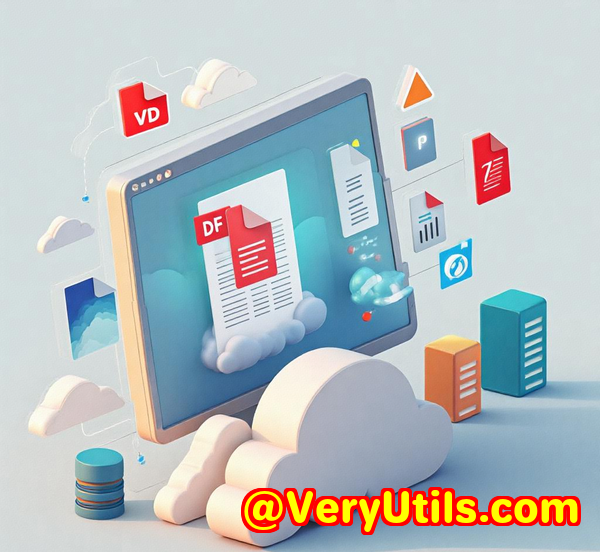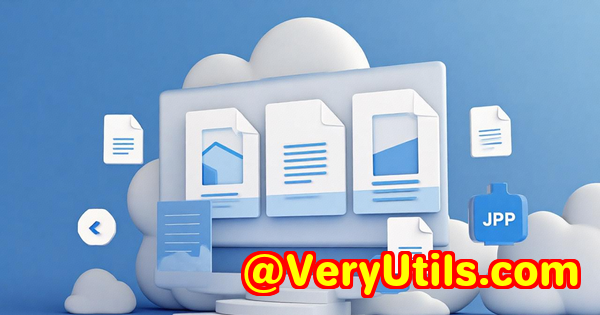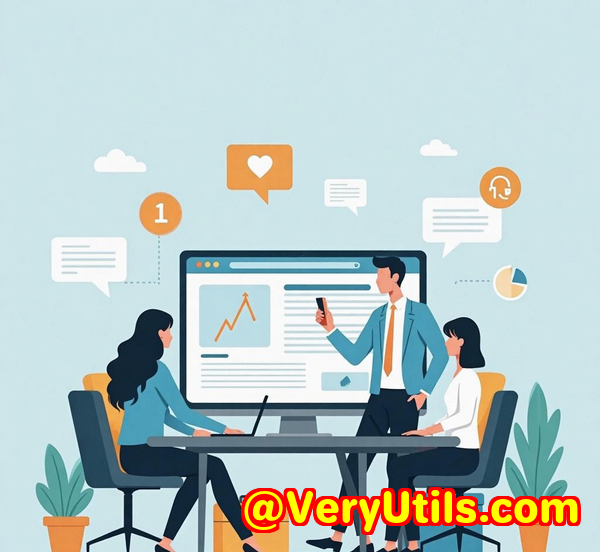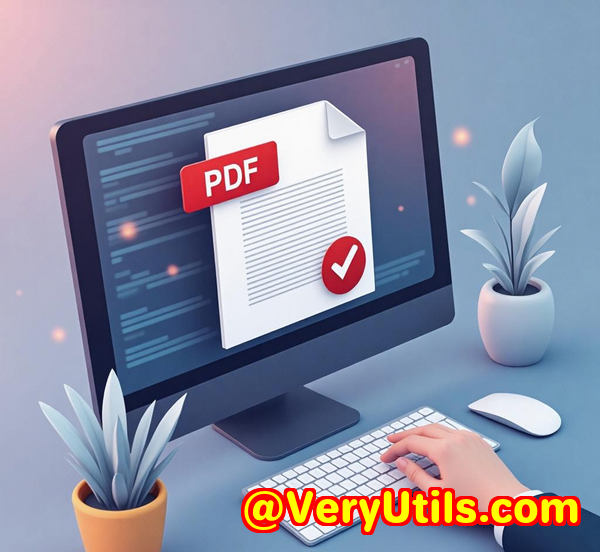How to Convert SPL, PCL, and EMF Files to PDF in Bulk Using VeryPDF SPL to PDF SDK
How to Convert SPL, PCL, and EMF Files to PDF in Bulk Using VeryPDF SPL to PDF SDK
Meta Description:
Learn how to easily convert SPL, PCL, and EMF files to PDFs in bulk using the VeryPDF SPL to PDF SDK. Streamline your document processing with this powerful tool.
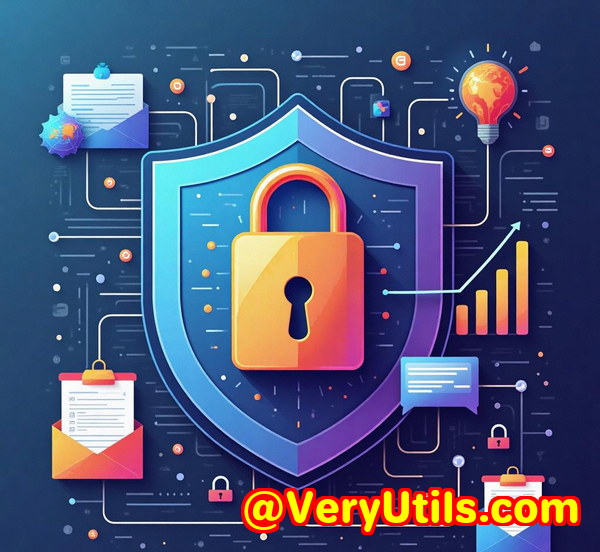
Every busy IT department, legal team, or corporate office faces the same dilemma: managing and converting print spool files in a timely, efficient manner. I remember a time when we had mountains of SPL files (print spool files) stacked up on our network drives, waiting to be converted into readable PDFs for archiving and processing. The traditional methods of manual conversion were tedious and time-consuming. That's when I discovered VeryPDF SPL to PDF Converter SDK, and honestly, it changed everything.
In this blog, I'll walk you through how this tool helps you convert SPL, EMF, and PCL files to PDF in bulk. I'll also share my personal experience and why this tool became a game-changer for us.
What is the VeryPDF SPL to PDF SDK?
VeryPDF SPL to PDF SDK is a command-line solution designed to help developers automate the process of converting print spool files, such as SPL, PCL, and EMF, into PDF documents. Think of it as a digital assistant for managing your print spool fileswhether they come from your printers, your label printers, or other Windows devices.
While the tool offers multiple input formats, such as XPS, Postscript, EPS, and more, its primary strength lies in processing SPL files from the Windows spool directory (C:\Windows\System32\spool\PRINTERS). These files are generated by print jobs, and they often hold valuable document data that needs to be converted into a universal, readable format like PDF.
Why This Matters
If you're managing a large business or handling high-volume printing jobs, you know how critical it is to streamline your workflows. Manually converting each file can take up hours, especially when you have hundreds or thousands of files to deal with. The VeryPDF SPL to PDF SDK takes care of all of that by converting multiple files in bulk, saving both time and resources.
It's the perfect tool for anyone working with high-volume document conversion or needing to extract information from print spool files. Think of it like a digital worker that never sleeps, always converting your files in the background so you can focus on other priorities.
The Core Features You'll Love
Here's what makes the VeryPDF SPL to PDF SDK stand out:
1. Bulk Conversion in a Snap
One of the standout features of this SDK is its ability to convert files in bulk. Whether you're dealing with SPL, EMF, PCL, or XPS files, you can set up a batch processing workflow. This is huge for businesses like ours, where hundreds of print spool files accumulate daily.
I'll never forget the first time we used it on a batch of PCL files. The entire process, which usually took hours of manual work, was completed in just a few minutes. We could convert SPL to PDF, or even SPL to JPG or TIFF for specific cases, in no time.
2. Command-Line Interface
If you're a developer, you know the value of automation. The command-line interface makes it easy to integrate the tool into any system. We set it up to run automatically at specific intervals, meaning we never have to manually intervene in the conversion process.
3. Support for Multiple File Formats
The VeryPDF SPL to PDF SDK doesn't limit you to just SPL files. It can also convert EMF-SPL, PCL, PXL, XPS, and more. I've worked with files of all types, and being able to use one tool for everything really simplified our workflow.
4. Custom Output Options
Customizing the output files is crucial when you're processing sensitive documents. This SDK lets you adjust page size, rotation, compression options, and even font embedding. I remember when we had a project that required embedding custom fonts into the PDFs, which would've been impossible without this feature.
On top of that, you can also set password protection or permissions to control who can view or edit the PDFs. This was essential for us when working with legal documents, ensuring that sensitive information was secure at all times.
5. Multithreading Support
We're all familiar with high-volume file processing, and the multithreading support of this SDK allows us to convert multiple files simultaneously, ensuring that processing speed is never an issue. This was a real lifesaver during a critical project where deadlines were tight.
How I Used It: A Personal Experience
As someone who handles a lot of document conversion for our department, I can tell you from personal experience that this tool delivers on its promises. When we first adopted the SPL to PDF SDK, we were skepticallike many people are when it comes to new tech solutions. But the first time I set up a batch job to convert SPL files to PDF on a large scale, I saw the magic happen.
We were dealing with hundreds of print spool files that had been piling up over time. I ran the command line, set up the conversion to PDF, and sat back. In no time, all the files were converted and ready for archiving. It was the kind of time-saving breakthrough that only happens when you use the right tool for the job.
But that wasn't the only perk. I also started using the SDK to convert PCL files into high-quality TIFF images. The image quality was fantastic, and the batch processing allowed us to handle a massive load without breaking a sweat.
Comparison with Other Tools
There are other tools that claim to convert SPL files to PDF or TIFF, but they don't quite match up when it comes to bulk processing and customization options. For example, we previously used another solution that required a lot of manual configuration for each individual file. Not only was this time-consuming, but it also didn't support multiple output formats, making us jump between tools.
On the other hand, with the VeryPDF SPL to PDF SDK, I could configure everything in one place, automate the entire process, and customize output files to our exact specifications. Plus, the fact that it runs smoothly on both 32-bit and 64-bit Windows systems made it a no-brainer for us.
Use Cases: Where This Tool Shines
Legal Teams:
For legal teams who deal with large volumes of legal documents in SPL format, this SDK is invaluable. You can automate the conversion of legal notices, court documents, and contracts into PDF or other file formats, making it easier to archive and share.
IT Professionals:
As an IT professional, automating print file conversions and managing them efficiently saves you significant time. With the VeryPDF SPL to PDF SDK, IT departments can set up automatic conversions and stop worrying about file management.
Label and Barcode Printing:
If you deal with TSC POS Label Printer SPL files, this tool can convert those into a PDF, PNG, or JPG. This was particularly useful for us in retail settings, where labels needed to be converted quickly and accurately.
Core Advantages of the VeryPDF SPL to PDF SDK
-
Bulk Processing: Convert multiple files at once, saving hours of manual work.
-
Multithreading Support: Convert files simultaneously for faster results.
-
Flexible Output Formats: PDF, TIFF, PNG, JPEG, and more.
-
Security Features: Add encryption and set permissions for sensitive documents.
-
Integration Ready: Easily integrate into existing workflows with command-line options and SDK.
Conclusion: My Recommendation
If you're still handling SPL files the old-fashioned way, it's time to give the VeryPDF SPL to PDF SDK a try. It solved our biggest challenges: speed, efficiency, and flexibility. If you deal with high volumes of print spool files and need them converted to PDF or other formats, I highly recommend this tool. It'll make your life easier, I promise.
Click here to try it out for yourself: VeryPDF SPL to PDF Converter
Custom Development Services by VeryPDF
VeryPDF offers comprehensive custom development services to meet your unique technical needs. Whether you require specialized PDF processing solutions for Linux, macOS, Windows, or server environments, VeryPDF's expertise spans a wide range of technologies and functionalities.
VeryPDF's services include the development of utilities based on Python, PHP, C/C++, Windows API, Linux, Mac, iOS, Android, JavaScript, C#, .NET, and HTML5. VeryPDF specializes in creating Windows Virtual Printer Drivers capable of generating PDF, EMF, and image formats, as well as tools for capturing and monitoring printer jobs, which can intercept and save print jobs from all Windows printers into formats like PDF, EMF, PCL, Postscript, TIFF, and JPG.
If you have specific technical needs or require customized solutions, please contact VeryPDF through its support center at https://support.verypdf.com/ to discuss your project requirements.
FAQ
Q1: Can the VeryPDF SPL to PDF SDK handle large batches of SPL files?
A1: Yes, the SDK is built for bulk
